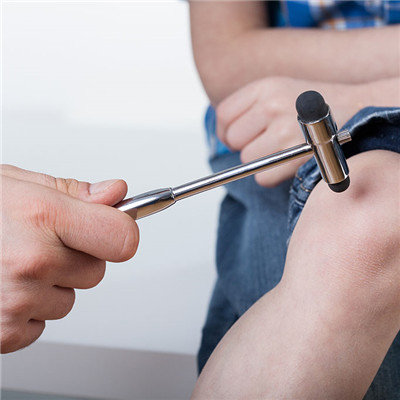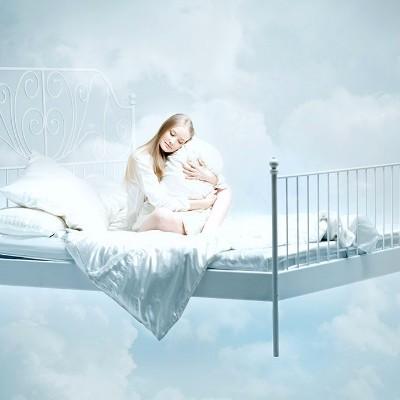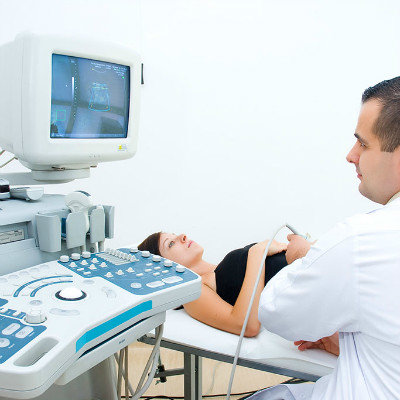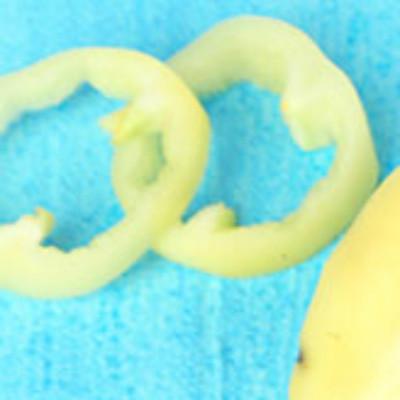How is infantile pneumonia caused
summary
The baby had a fever for 2 or 3 days. After taking cold medicine at home for a few days, it didn't work. He took it to the hospital. The doctor listened to it with a stethoscope for a few times and said he had pneumonia and needed to be hospitalized. You mutter in your heart, don't you have pneumonia after burning for a few days? Feeling pneumonia is a very serious disease. Now I'll talk about why children get pneumonia.
How is infantile pneumonia caused
First, it has something to do with the structure of the child's respiratory system. The human respiratory system consists of nose, pharynx, larynx, trachea, bronchus and finally lung. Originally, there were many lines of defense. It should be very difficult for bacteria and viruses from outside to reach the lungs and cause pneumonia. But children are not the same, their nose, throat, throat is very short, it is easy to invade the trachea, bronchus. The trachea and bronchus are also very short and narrow, and there are very few hairs (called cilia in medicine) on the surface to clean up bacteria and viruses, and they are very lazy, so it is easy for bacteria and viruses to enter the lungs.

Second, it has something to do with the weather. When the seasons change in winter and spring, some careless parents dress their babies inappropriately, making them hot and cold enough to get pneumonia (many parents subconsciously think that it's OK not to be cold enough. In fact, it's even worse when it's hot clinically, and they often go to the intensive care unit). In addition, when the weather changes, the baby's adjustment ability is poor, and it is easy to get pneumonia.

Third: poor living environment. If the baby's living condition is very poor, many people are crowded in a small room, the air is dirty and difficult to circulate, bacteria and viruses breed, and the baby is easy to get pneumonia.

matters needing attention
Congenital heart disease, low birth weight. It's also prone to pneumonia. This is a congenital defect, because the resistance is low, more likely to get pneumonia.















